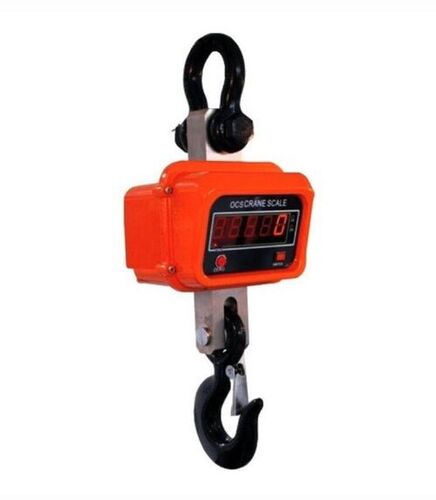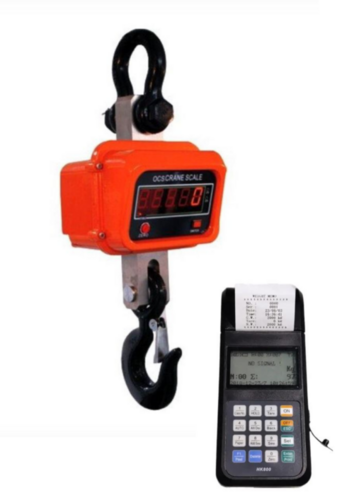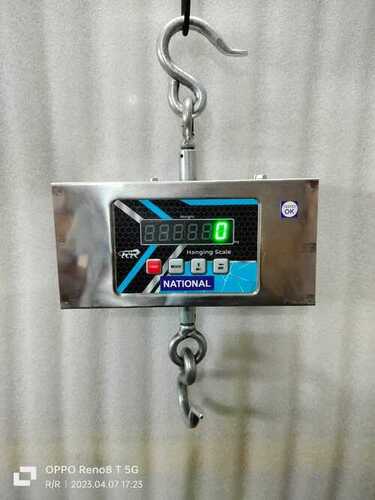Digital Hanging Scales
350.00 INR/Box
Product Details:
X
Digital Hanging Scales Price And Quantity
- 1 Box
- 350.00 INR/Box
Digital Hanging Scales Trade Information
- All India
Product Description
- Hook Mechanism: The central feature of hanging scales is a strong hook or loop from which the item is suspended. This hook is usually made from durable metal and is designed to support substantial weights.
- Scale Body: The scale typically consists of a sturdy casing that houses the weighing mechanism. The casing is often made of metal or high-impact plastic for durability.
- Display: Many modern hanging scales have a digital display that shows the weight reading. Traditional models might have a dial or analog meter.
- Mechanical Hanging Scales: These use a spring or dial mechanism to measure weight. As weight is added, the spring stretches, and the dial shows the corresponding weight.
- Digital Hanging Scales: These use electronic sensors to measure weight. The digital readout provides a precise measurement and may offer additional features like unit conversion (e.g., kilograms, ).
- Weight Range: Hanging scales come in various capacities, from those suited for lightweight items (e.g., a few kilograms) to heavy-duty models capable of weighing several hundred kilograms or more.
- Precision: Digital models generally offer higher precision compared to mechanical scales, with measurements often displayed to the nearest gram or ounce.
Enter Buying Requirement Details









 Send Inquiry
Send Inquiry Send SMS
Send SMS